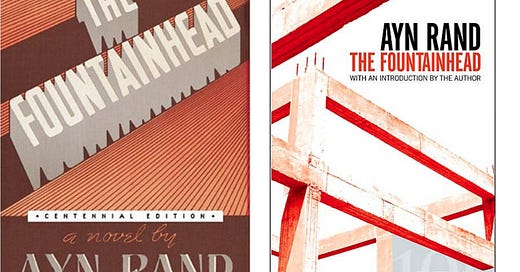Author’s note: This essay assumes that the reader has read The Fountainhead; it contains many spoilers.
Keep reading with a 7-day free trial
Subscribe to The Objective Standard to keep reading this post and get 7 days of free access to the full post archives.



